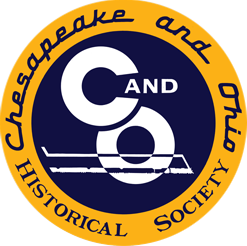

$24.95
A Collaboration between Al Kresse, Chuck McIntyre & Dave Ostrander
This was one only a handful of C&O branches was not built for coal, but rather was for iron ore extraction. It ran 26 miles from a connection with the James River Subdivision east of Clifton Forge into the heart of Virginia’s iron region, which was booming in the 1880s-90s.
The iron business collapsed by the end of the century and this branch became a largely rural line with agricultural and forest products as the main traffic. It was abandoned and turned over the Commonwealth of Virginia to be used for a highway in the early 1960s.
Never prosperous after the end of the iron era, the history of the branch serves as a good example of how C&O ran one of the lines that was not dedicated to coal. The Craig Valley Branch in its later decades was similar to the Lexington Branch nearby. (See C&OHS Quarterly Book No. 13, BK-16-876)
In a somewhat unbelievable aspect of the line was the fact that when it was begun, before C&O took it over, the originators had projected it to run all the way to the Midwest! This is another example of a “paper” railroad from the high era of railway speculation.
A Collaboration between Al Kresse, Chuck McIntyre & Dave Ostrander
This was one only a handful of C&O branches was not built for coal, but rather was for iron ore extraction. It ran 26 miles from a connection with the James River Subdivision east of Clifton Forge into the heart of Virginia’s iron region, which was booming in the 1880s-90s.
The iron business collapsed by the end of the century and this branch became a largely rural line with agricultural and forest products as the main traffic. It was abandoned and turned over the Commonwealth of Virginia to be used for a highway in the early 1960s.
Never prosperous after the end of the iron era, the history of the branch serves as a good example of how C&O ran one of the lines that was not dedicated to coal. The Craig Valley Branch in its later decades was similar to the Lexington Branch nearby. (See C&OHS Quarterly Book No. 13, BK-16-876)
In a somewhat unbelievable aspect of the line was the fact that when it was begun, before C&O took it over, the originators had projected it to run all the way to the Midwest! This is another example of a “paper” railroad from the high era of railway speculation.
Reviews
There are no reviews yet.